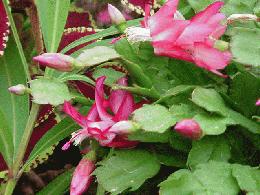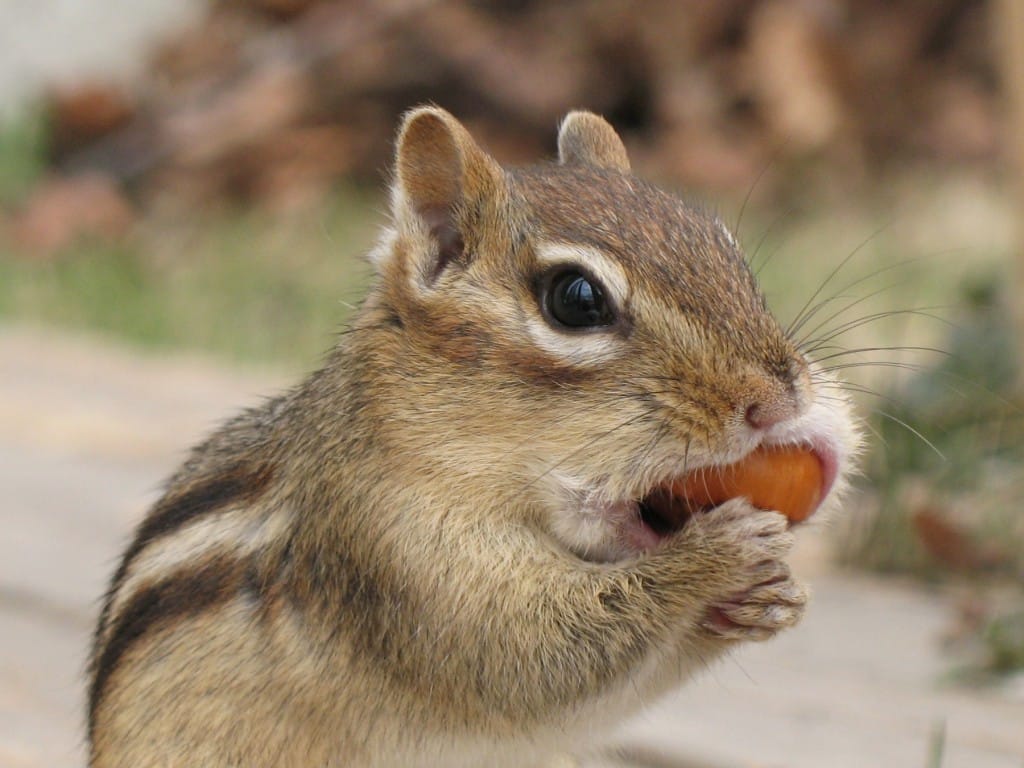Source(s): Walter Reeves
Construction damage to plants on a home site is common. In many cases it is an unavoidable consequence of building a home. In other cases, the damage could have been avoided with just a few precautions. The best time to control construction damage is before it occurs. Unfortunately, few of us are afforded that luxury. By the time we see a home and decide to buy it, the damage, much of which may be unseen, has occurred.
What You Don’t See
Some of the damage will be obvious when you first inspect the site, particularly damage to the shrubs and ground cover. However, your landscape could also be suffering from hidden damage that is difficult to detect and expensive to repair. When homes are built, the grading, trenching, tunneling, and excavating of the construction site damages nearby plant roots. It also changes the soil structure and affects the natural drainage system that existed before the site was cleared. Problems that show up months or even years after the home is occupied probably did not exist before construction began.
Building Your Home
When construction began, the site was likely cleared of most of the small plants in the immediate area and bulldozed flat. Soil was removed to construct a basement. Trenches were dug for the foundation and for drains. Paths were scraped and compacted for driveways and walks. Sewer trenches were dug or drain fields were laid and septic tanks placed in position. Trenches were dug for electric, gas, telephone, and cable lines. Soil was replaced along the foundation and the basement walls. Finally the soil was graded, seeded or sodded, and watered.
What You Get
The result of these construction activities is a less than natural situation. The soils are compacted. Plants are displaced. The natural drainage system has been replaced with something possibly less efficient. There are fewer plants for controlling runoff. Roofs, walks, patios, and drives may cover up to 70% of the lot.
Construction and Trees
Possibly you bought your new home because of the beauty of its trees. But the trees may have hidden damage that will cause them to die within two years. Before purchasing a home, you should inspect the trees on the lot to determine if they have been damaged by construction activities. Above ground damage to trees seldom causes the tree to decline in health or die. Rather, the more serious problems lie underground. Depending upon the severity of the injury and the species of tree, damage may take as long as seven years to show up. It is important to recognize situations where damage is likely to have occurred.
How Trees Grow
The natural trees in your yard grew in much different conditions than what exists now in their environment, which has been disturbed by construction activity. It is important that you assess the damage they may have suffered as soon as possible. The following facts about tree growth will help you understand which trees in your yard may be suffering from construction damage.
Tree roots extend from the trunk about two to three feet for every inch of the trunk’s diameter measured 4 feet above the ground. For example, a 10 inch diameter tree may have roots growing 30 feet away from the trunk. Knowing the “root zone” of your trees can help you identify possible problems. If construction activity has come into the root zone by 30 percent or more, you can expect some leaves and limbs to die. More significant damage might cause the whole tree to die eventually.
In the heavy clay soils of the Georgia piedmont, up to 90% of a tree’s roots will be located in the top 12 inches of soil. These roots are seeking oxygen, water and nutrients. The addition of as little as four inches of dirt above the existing soil may cause oxygen levels around the roots to decrease, damaging the tree. On the other hand, the removal of the upper 12 inches of soil on a construction site will take away roots which will not grow back.
A tree is anchored by large roots close to the trunk and farther away. If construction activity has severed any roots close to the tree, it may cause the tree to fall in a strong wind.
The trunk of a tree will naturally swell at its base, where you can see the major root collars entering the ground. If you can’t see the top of the roots, the trunk has had soil added to the original grade.
Trees do not heal – they seal. When part of a tree is damaged, whether root, trunk, or branch, the tree will give up that area and seal it off to prevent disease and insect attack. Dead limbs may occur near a damaged area as the tree seals it off. The limbs may die sporadically for several years after the damage occurs.
Nutrients travel from the leaves to the roots in tubes just 1/8 to 1/2 inch under the tree’s bark. Without bark to protect the tubes, nutrients cannot be transported to the roots and eventually the tree, will die.
Center Publication Number: 12



